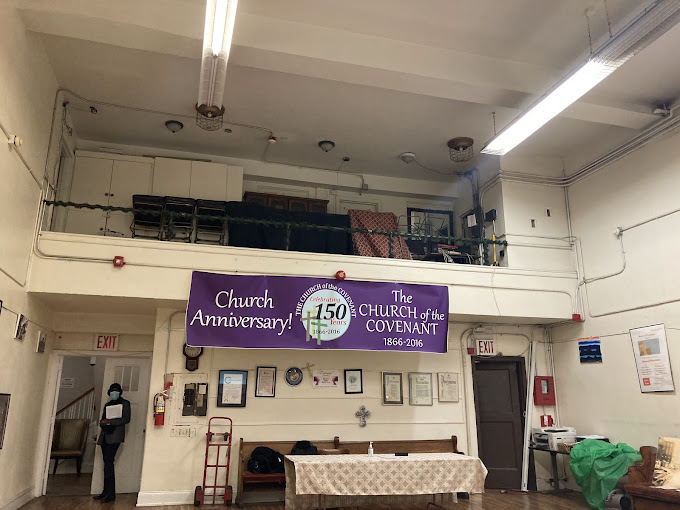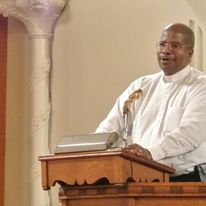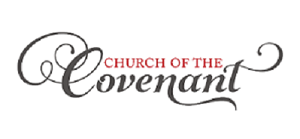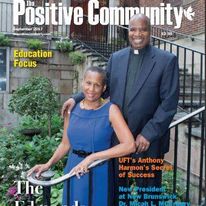About Our Church
Welcome to the Church of the Covenant, a historic and vibrant Presbyterian congregation located at 310 E 42nd St, New York City. Our church, often called “the church of the United Nations,” stands just a stone’s throw away from the UN headquarters, embodying a spirit of unity and inclusivity.
Our Mission & Vision
Our vision and mission is to help connect people to faith
The Church of the Covenant is a place where everyone is welcome. Our close proximity to the United Nations symbolizes our commitment to inclusivity and global unity. No matter who you are or where you come from, you will find a welcoming and supportive community here.
Mission & Purpose
At the Church of the Covenant, we offer a range of services and programs designed to nourish both the spirit and the mind:
- Presbyterian Worship Services: Join us for inspiring worship services that bring our community together in faith.
- Youth Groups: Our youth programs provide a nurturing environment for young people to grow in their faith and make lasting friendships.
- Concerts: Experience the joy of music with our regular concerts, featuring talented artists from various genres.
- Classes: Enhance your spiritual and personal growth through our diverse range of classes.
- Counseling: Receive support and guidance with our counseling services, available to help you through life’s challenges.
A Rich History
Founded in 1860 by the Rev. Dr. George L. Prentiss, the Church of the Covenant has a storied past marked by growth and transformation. Originally established on 42nd Street, the church expanded its mission with Covenant Chapel in 1870. By 1893, the chapel had become self-supporting and adopted the name “Church of the Covenant.” Over the years, we’ve welcomed many into our community.

Unity
The Church of the Covenant is a place where everyone is welcome. Our close proximity to the United Nations symbolizes our commitment to inclusivity and global unity. No matter who you are or where you come from, you will find a welcoming and supportive community here.
Worship Services
The congregation will gather at 310 East 42nd Street, NY, NY 10017. Praise music will begin at 10:50 a.m. EST, followed by the Worship Service at 11:00 a.m.
Come and experience the warmth and hospitality of the Church of the Covenant. Join us for a worship service, participate in one of our programs, or simply stop by to learn more about our rich history and community involvement. We look forward to welcoming you!
Who We Are
Our Team & Leadership
Welcome to the Church of the Covenant, a historic and vibrant Presbyterian congregation located at 310 E 42nd St, New York City. Our church, often called “the church of the United Nations,” stands just a stone’s throw away from the UN headquarters, embodying a spirit of unity and inclusivity.

Our Pastor: Cornell Edmonds
Pastor
Dr. Rev. Cornell Edmonds is a distinguished leader with an exemplary career in ministry and academia. Holding a Ph.D., he has dedicated his life to spiritual guidance, community service, and scholarly pursuits.
Celebrating his 10th anniversary in his role as Pastor at the Church of the Covenant, Dr. Rev. Edmonds has been instrumental in fostering a welcoming and supportive environment for congregants. He has led numerous initiatives that have strengthened community bonds, provided spiritual nourishment, and addressed the needs of the less fortunate.
Academic Excellence
Dr. Rev. Edmonds’ academic achievements are noteworthy. He holds an undergraduate degree from Cornell University, and a law degree and divinity degree from Yale.
Community Leadership
Beyond his pastoral duties, Dr. Rev. Edmonds is recognized for his leadership in various community programs. He has been actively involved in outreach activities, educational programs, and social justice initiatives, making a positive impact on countless lives.
Dedication to Service
With a deep commitment to service, Dr. Rev. Edmonds exemplifies the principles of compassion, integrity, and wisdom. His work continues to inspire and guide many, making him a respected figure within the Church of the Covenant and beyond.
Dr. Rev. Cornell Edmonds’ ongoing dedication to faith, education, and community service stands as a testament to his unwavering commitment to making a difference in the world.

Barbara Edmonds
Barbara, also celebrating her 10th anniversary, graduated from Cornell University where she and Cornell met.
Barbara has a long history of involvement in the labor movement fighting for employee’s rights, and better service for the community.
Barbara’s steady and capable hands helped steer the church through the tough times of Covid and beyond.
F.A.Q.
Frequently Asked Questions
We hope this FAQ provides a helpful overview of the Church of the Covenant NYC. If you have any further questions, please feel free to reach out to us directly. We look forward to welcoming you to our community!
What denomination is the Church of the Covenant NYC?
The Church of the Covenant NYC is part of the Presbyterian Church (U.S.A.), which is rooted in the Reformed tradition. This denomination emphasizes the authority of Scripture, the sovereignty of God, and the necessity of grace through faith.
What are the beliefs of the Church of the Covenant NYC?
The Church of the Covenant NYC is a Presbyterian congregation that embraces the Reformed tradition, emphasizing God’s sovereignty, the authority of Scripture, and the importance of grace through faith. We foster a welcoming environment where all individuals can explore their faith and grow spiritually, regardless of their background or beliefs.
How old is the Church of the Covenant NYC?
The Church of the Covenant NYC has a rich history dating back to its founding in 1865. Over the years, it has been a beacon of faith and community service in New York City, continually evolving to meet the needs of its diverse congregation and the local community.
Why is it called the “Church of the United Nations”?
The Church of the Covenant NYC earned the nickname “Church of the United Nations” due to its close proximity to the United Nations headquarters and its longstanding tradition of welcoming diplomats, staff, and delegates. Our congregation includes members from around the world, reflecting our commitment to fostering global understanding and peace.
What are the worship service times?
The congregation will gather at 310 East 42nd Street, NY, NY 10017. Praise music will begin at 10:50 a.m. EST, followed by the Worship Service at 11:00 a.m.
What organizations are affiliated with the Church of the Covenant NYC?
The Church of the Covenant NYC collaborates with several local and international organizations to extend its reach and impact. These include partnerships with charitable institutions, community groups, and faith-based organizations. Through these affiliations, we aim to provide comprehensive support to those in need and to promote social justice and equality.
How can I get involved with the Church of the Covenant NYC?
We encourage everyone to get involved with our vibrant community. Whether you’re interested in attending services, participating in community programs, or volunteering, there’s a place for you here. Visit our website or contact the church office for more information on how you can join us in our mission.

